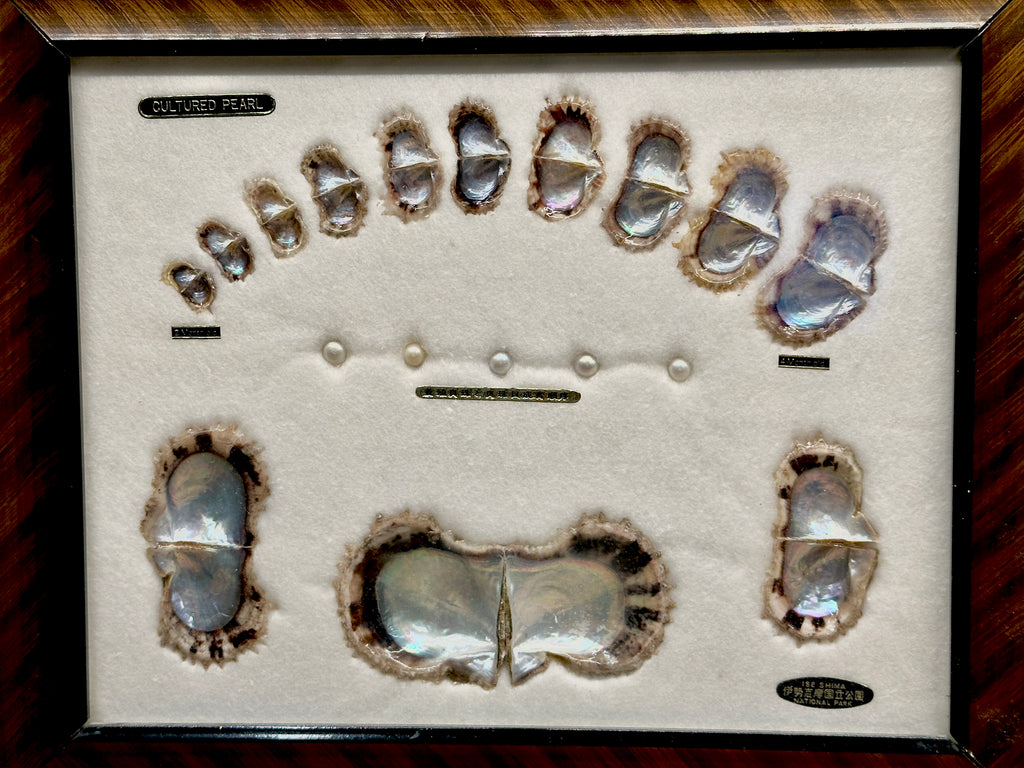The Akoya Pearl's Journey: Understanding Ise-Shima's Pearl Cultivation
Posted by VAEL DESIGNS

Introducing the Akoya Oyster
A Glimpse into History
The Akoya Oyster's Lifecycle and Pearl Formation
- Early Days (2 months): In the initial stages, the Akoya oyster is quite small, primarily floating and feeding in the water column.
- Finding a Home: As the oyster matures, it forms a shell and anchors itself to a substrate, providing stability as it grows.
- Maturation: By the age of 2-3 years, the oyster is ready to produce a pearl. At this stage, pearl farmers introduce a nucleus into the oyster to initiate the pearl-forming process.
- Layering the Nacre: In response to the nucleus, the oyster secretes nacre, a shiny substance that envelops the bead. Over time, with continuous deposition of nacre, a pearl is formed.
- Harvest Time: Once the pearl achieves its desired size and quality, farmers carefully retrieve it from the oyster.
If you're intrigued by the beauty and history of these pearls and wish to own a piece of this timeless tradition, explore our curated collection. Click here to see what our store has to offer in the realm of pearls. You might just find the perfect piece that resonates with you.

